If your dog develops a rash after grooming, rinse the affected area with cool water, stop using all grooming products, and apply a soothing balm approved by your vet. If the rash doesn’t improve or gets worse within 24–48 hours, contact your veterinarian immediately.
Understanding the Issue: Dog Rashes After Grooming
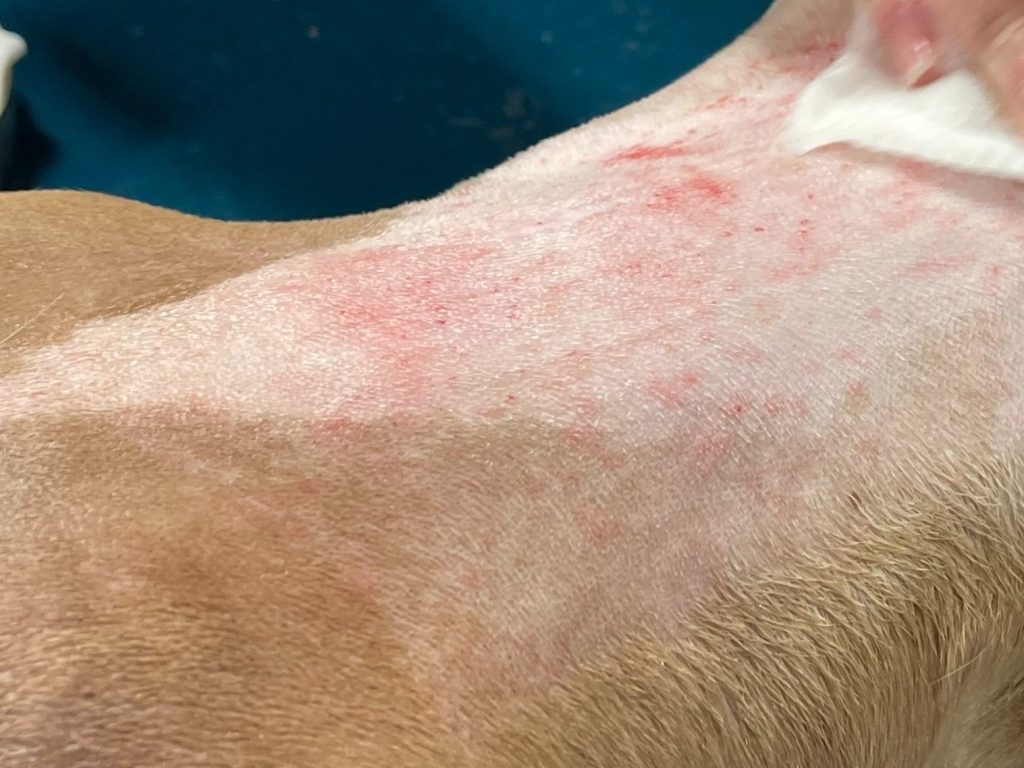
Seeing your dog uncomfortable after a grooming session is upsetting — and knowing what to do can ease both your stress and your dog’s discomfort. Careers Collectiv is here to guide you step-by-step through identifying the problem, treating it, and ensuring it doesn’t happen again.
Recognising Post-Grooming Rashes in Dogs
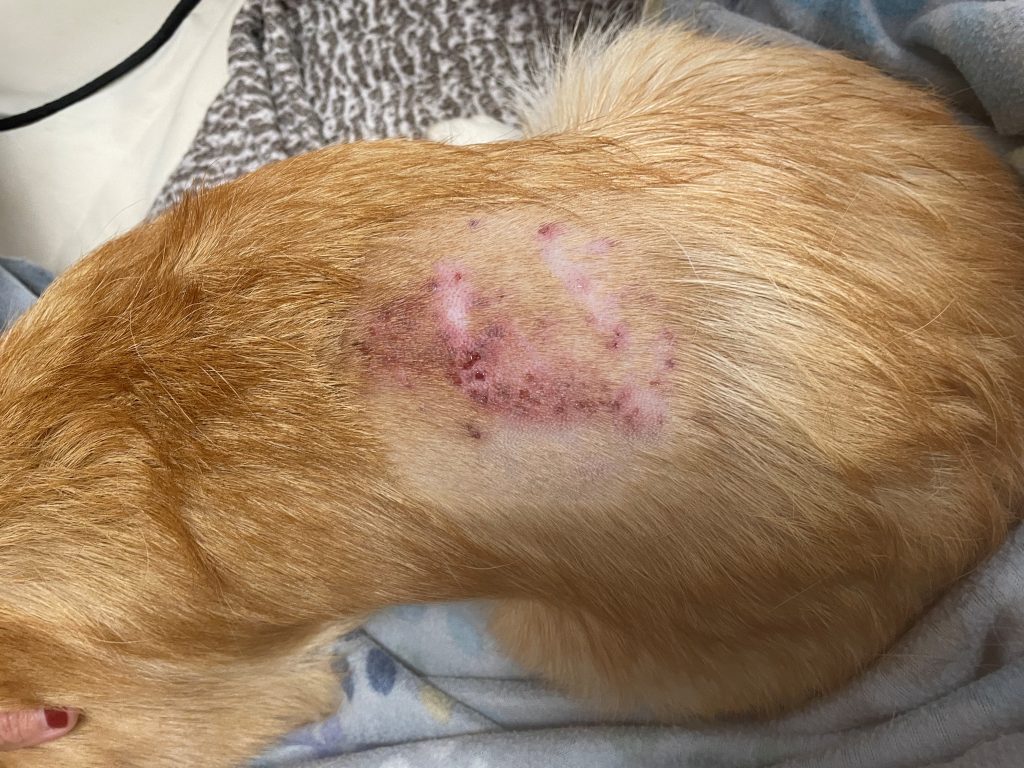
Common Signs You Might Notice:
- Red patches or small bumps
- Excessive itching or licking
- Inflamed or irritated skin
- Flaky or dry areas
- Sudden hair loss in specific spots
When Do Symptoms Show Up?
- Immediately after grooming: Often linked to clipper burn or shampoo reactions.
- Within a few hours to 2 days: Could be delayed allergic response or bacterial irritation.
- After 2+ days: Possible infection or a deeper reaction developing under the skin.
Normal vs. Rash:
- Normal: Slight pinkness, mild itching that subsides quickly.
Rash: Persistent redness, swelling, oozing, or scabbing.
Common Causes of Grooming-Related Rashes
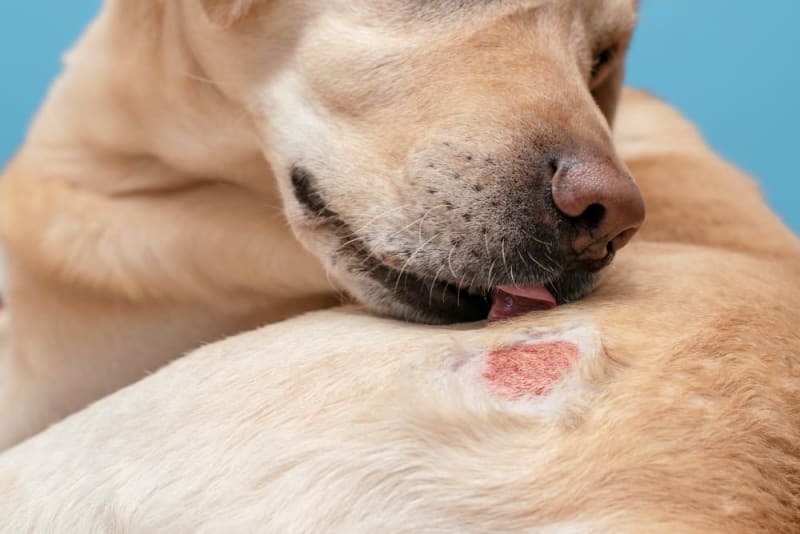
Ingredient Sensitivity:
- Harsh chemicals, artificial fragrances, or essential oils in shampoos and conditioners can trigger a reaction.
Clipper Burn or Razor Irritation:
- Dull or overheated blades can scrape the skin, especially in short-haired or sensitive breeds.
Hot Water or High Heat Blow Drying:
- Skin can become dry or slightly burnt, especially in older dogs or those with thinner coats.
Improper Rinsing:
- Residue left on the skin causes itching and can lead to more serious inflammation.
Dirty or Shared Grooming Tools:
Tools not cleaned between dogs may carry bacteria, fungi, or parasites.
Immediate Steps to Take at Home
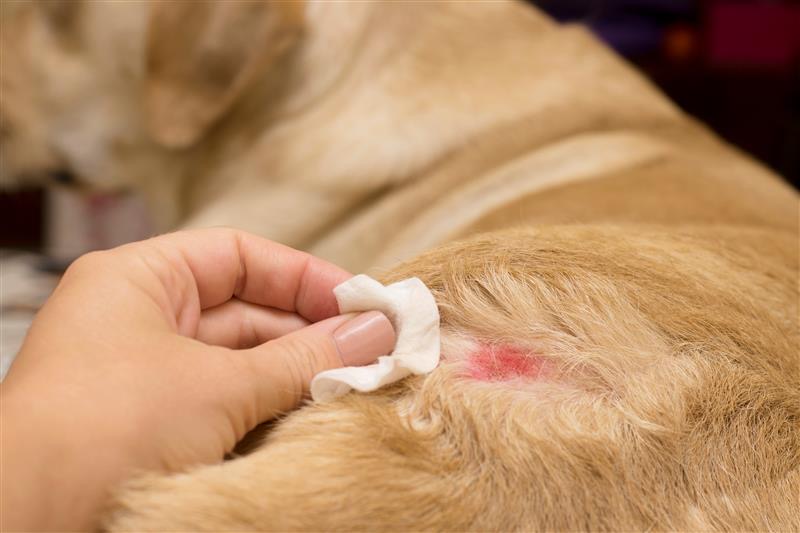
- Stop Using All Products Immediately
- Avoid reapplying anything used during the grooming session.
- Rinse the Affected Area Gently
- Use cool or lukewarm water
- Avoid scrubbing — pat dry instead
- Apply Soothing Treatments
- Vet-approved hypoallergenic balm or aloe vera gel
- Coconut oil (organic, cold-pressed) may help, but patch test first
- Prevent Further Scratching
- Use an E-collar (cone) to stop your dog from licking or scratching
- Observe Your Dog Closely
- Monitor for changes: Is the rash spreading? Is the dog more uncomfortable?
- Don’t Try Human Creams or Medications
- Ingredients in human treatments can be toxic to dogs
When to Contact a Veterinarian

Watch for These Red Flags:
- Rash spreads rapidly or becomes inflamed
- Yellow discharge or foul odor
- Loss of appetite or lethargy
- Rash persists beyond 48 hours
Vet Visits May Involve:
- Skin scraping or allergy testing
- Prescription anti-inflammatory meds or topical creams
Medicated baths or antifungal treatments
Preventing Future Grooming Rashes
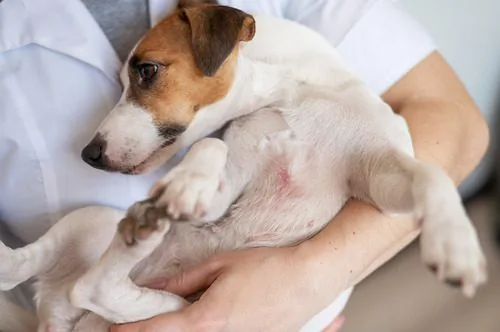
Choose Hypoallergenic, Vet-Approved Products
- Look for fragrance-free, sulfate-free, and pH-balanced for dogs
Do a Patch Test
- Before using a new product, test it on a small patch and wait 24 hours
Brush Regularly to Prevent Matting
- Mats pull at the skin, increasing the risk of clipper burn and rash
Clean Grooming Tools Thoroughly
- If grooming at home, sanitise tools after each use
Groom in a Calm Environment
- Stress and anxiety can weaken a dog’s immune response, making skin more reactive
Stick With One Groomer You Trust
Let them know about any past skin issues, and ask about the products they use
Should I Change Groomers or Try Grooming at Home?

Evaluate Your Groomer’s Hygiene Standards:
- Are clippers sanitised between pets?
- Do they use hypoallergenic products?
Signs You Might Need a New Groomer:
- Your dog always returns itchy or upset
- Groomer dismisses your concerns
- Poor communication or transparency
Grooming at Home (With Training):
- Invest in quality tools and products
- Take a short grooming course or watch vet-approved tutorials
- Keep sessions short and calm
Best Grooming Products for Sensitive Dogs (Australia-Based)
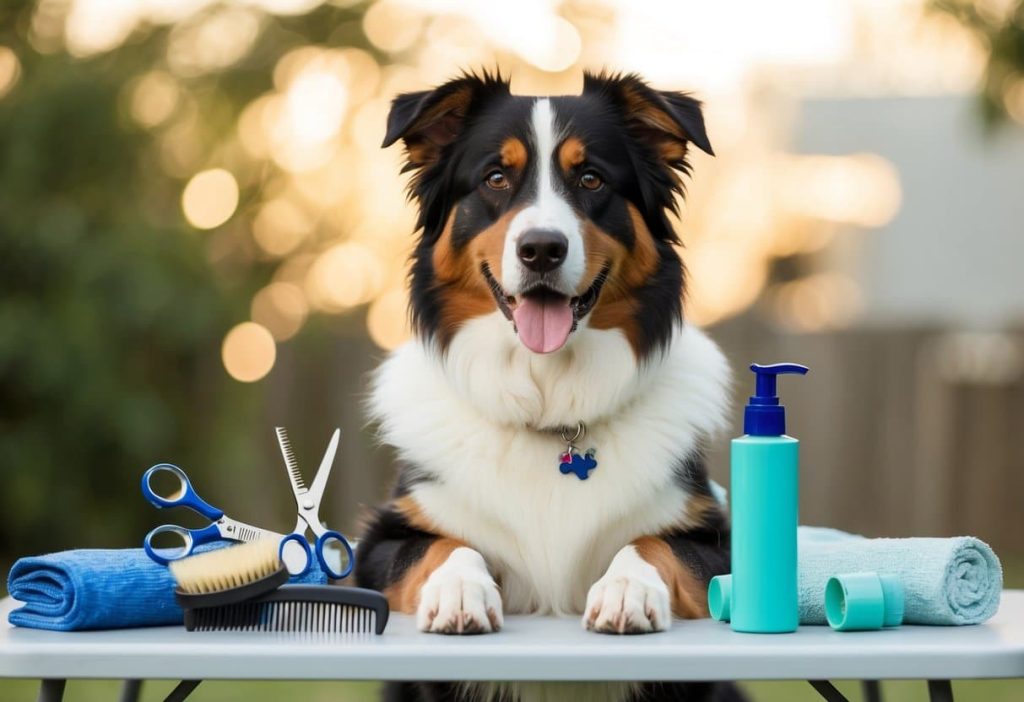
Top-Rated Shampoos:
- Aloveen Oatmeal Shampoo (Virbac)
– Gentle, soothing, great for itchy or allergic skin - Dermcare Natural Shampoo
– Soap-free, suitable for all breeds - PAW by Blackmores Sensitive Skin Shampoo
– Clinically backed, ideal for dogs with known skin issues
Avoid Products That Contain:
- Sulfates (like SLS)
- Parabens
- Artificial dyes
- Strong fragrances or essential oils (like tea tree oil)
Look for:
- Veterinary endorsements
- pH-balanced for canine skin
- Visible ingredient transparency on labels
Real Stories: Dog Owners Share Their Experience
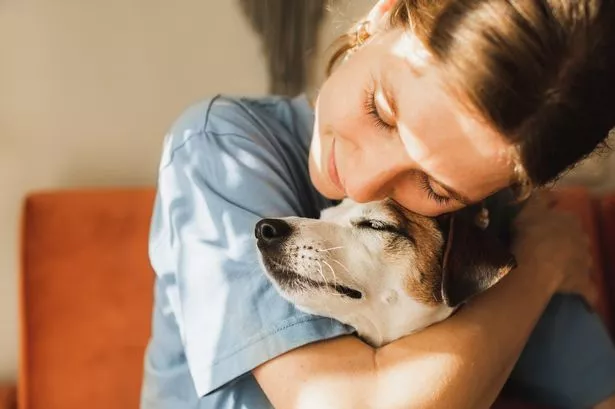
Ella from Melbourne:
“After a trip to a new groomer, my Cavoodle developed tiny red bumps along his belly. I rinsed him off and called my vet. Turned out he was sensitive to the shampoo they used. Now, I always provide my own hypoallergenic products.”
James in Perth:
“My Staffy had clipper burn on his thighs after a close shave. I treated it with coconut oil and used a cone to stop him from scratching. He healed in a few days, but I now only use a groomer who clips with guards.”
Careers Collectiv’s Advice: Prioritise Skin-Safe Grooming

At Careers Collectiv, we believe in empowering pet professionals and pet owners through education. Whether you’re a new dog parent or an aspiring professional groomer, understanding the risks of grooming-related rashes is part of ensuring a safe, comfortable experience for your pet.
By knowing what to look for, how to act fast, and how to prevent future flare-ups, you’re not just solving the problem — you’re becoming a better pet advocate. One great way to deepen your knowledge is by exploring our Animal Welfare course, which covers essential care practices and industry insights for anyone passionate about animal health and safety.